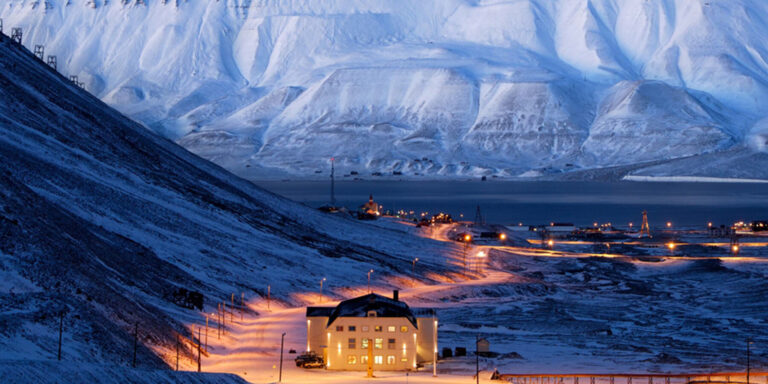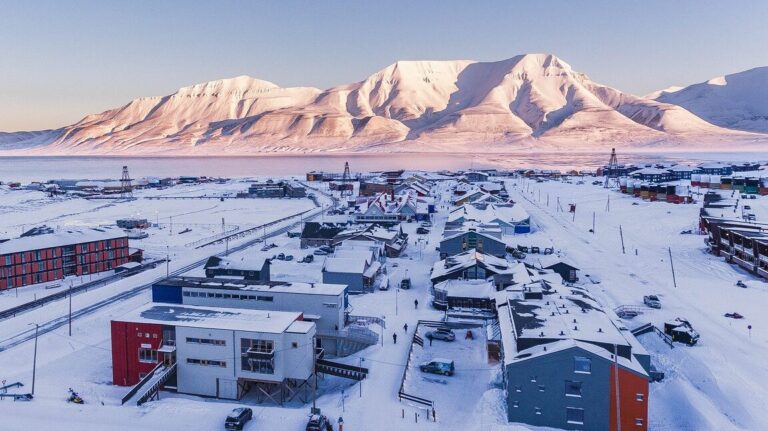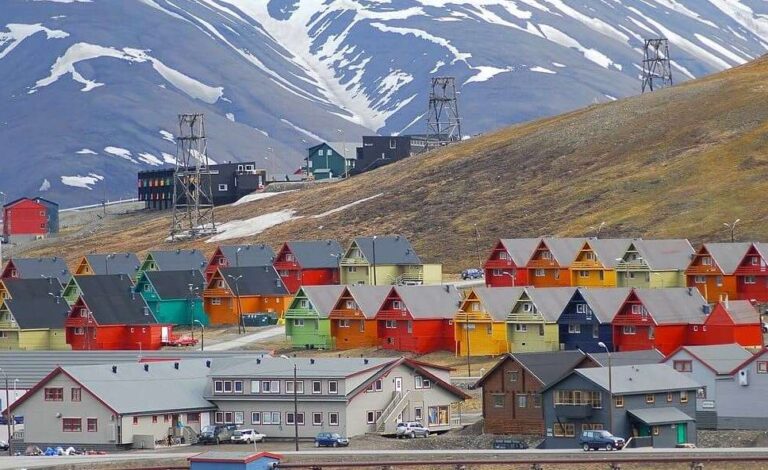Your Ultimate Guide to Svalbard Currency: What You Need to Know

Have you ever wondered what currency to use when travelling to Svalbard, Norway? This remote and stunning archipelago is situated in the Arctic Ocean, halfway between mainland Norway and the North Pole. Svalbard is a unique and fascinating destination that is becoming increasingly popular with adventurous travellers, photographers, and wildlife enthusiasts. Keep reading to find out everything you need to know about Svalbard’s currency and how to plan your budget.
Contents
What currency does Svalbard use?
The official currency used in Svalbard is the Norwegian krone (NOK). Although Svalbard is an archipelago that is part of Norway, it has a unique status and a special regulation that allows it to have tax-free status. This means that you will not have to pay VAT or taxes in restaurants, shops, and hotels. It also means that you can buy alcoholic beverages and tobacco products at duty-free prices. Additionally, the krone is the only currency accepted for transactions in Svalbard, so it is important to bring enough cash if you plan to visit.
How to Get Cash in Svalbard
If you are coming from outside Norway, it is best to exchange your currency at Oslo Airport before reaching Svalbard. There are also ATMs in Longyearbyen and Barentsburg that accept foreign cards. However, keep in mind that Svalbard is a remote location where cash is king. Credit and debit cards are not accepted everywhere, and that cash may be preferred in some places because of transactional fees. Moreover, some establishments only accept cash payments, so it is always a good idea to carry cash with you at all times.
How to Budget Your Trip to Svalbard
Svalbard is not a budget destination, and prices can be steep due to its location and remote status. However, it is possible to visit Svalbard without breaking the bank if you plan your trip ahead and budget accordingly. Here are some tips that will help you budget your trip to Svalbard:
- Plan ahead: Book your flights, accommodation, and activities well in advance to take advantage of the best deals and avoid costly last-minute bookings.
- Travel in the shoulder season: The peak season in Svalbard is from May to August, but you can also visit during the shoulder season (March-April and September-October) when prices are lower, and there are fewer tourists.
- Opt for self-catering: Food and drinks can be expensive in Svalbard, especially if you eat out in restaurants every day. Consider renting an apartment or cottage with a kitchenette so you can prepare your meals and save money.
- Choose free or low-cost activities: Svalbard offers many free activities, such as hiking, wildlife watching, aurora chasing, and museum visits. You can also book low-cost activities, such as guided tours, snowmobile rides, and boat trips.
- Budget for unexpected expenses: Svalbard is a remote destination, and unexpected expenses may arise. It is always a good idea to budget for emergencies and bring some extra cash with you.
Conclusion
Now you know everything you need to know about Svalbard’s currency and how to plan your budget. Remember that Svalbard is a unique and remote destination that requires some extra planning and budgeting, but is definitely worth the effort. Whether you want to see polar bears, explore glaciers, or witness the Northern Lights, Svalbard will leave you with unforgettable memories. Don’t forget to bring enough cash, plan ahead, and budget for unexpected expenses, and you’ll have a fantastic time in this Arctic paradise.






